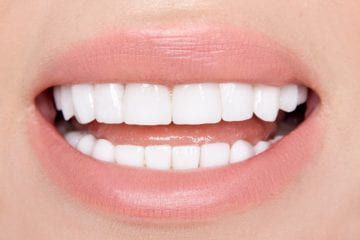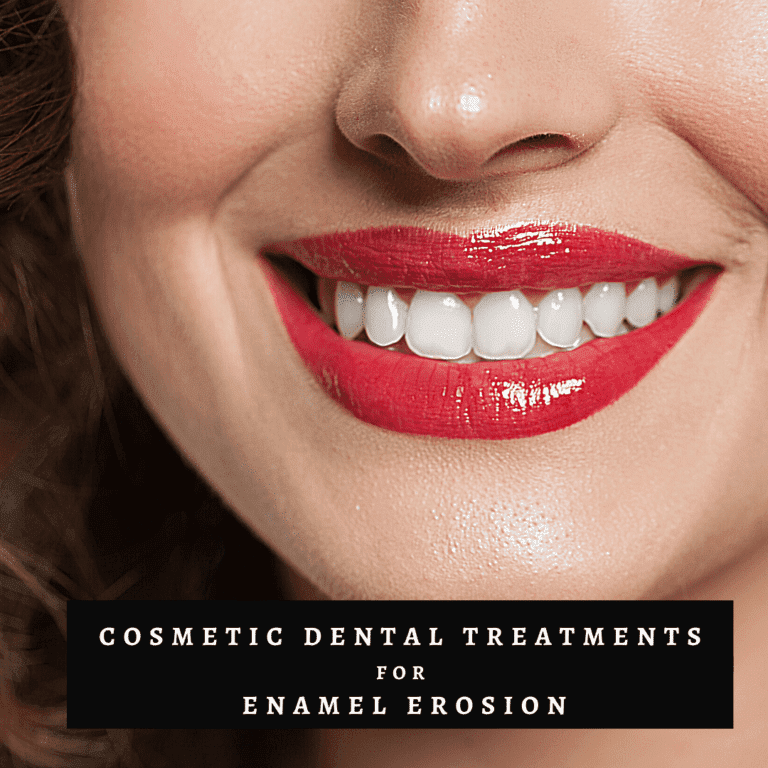Like other parts of your body that are frequently used, your tooth enamel will gradually wear down over time. Really this comes as no surprise when you think about how much you use your teeth for chewing and biting. Not only that, but an article published in the New York Times states that the force exerted on your molars from chewing amounts to approximately 70 pounds per square inch. Although this number decreases towards the front of your mouth, even your front teeth have excess force being exerted on them while biting or chewing.
The constant force exerted on your teeth from chewing makes the gradual wearing down of your enamel a natural process. However, this process can be progressed by other factors that damage your enamel such as: the frequent consumption of acidic foods and beverages, dry mouth, and medical conditions such as acid reflux. Additionally, grinding or clenching one’s teeth is estimated to double the amount of force that is normally exerted on your teeth while chewing. For this reason, people with bruxism are at a greater risk of developing worn enamel at a younger age.
As your enamel wears down, it ultimately becomes less protective. This unfortunately can increase your risk of developing tooth decay since bacteria are able to do more damage to the surface of your teeth. Not only that, but as your enamel becomes thinner you may also begin to experience tooth sensitivity. From a cosmetic standpoint, you will also likely notice that your teeth appear to be yellowish in color due to the fact that the underlying dentin layer is able to show through the thinning enamel.
If these things sound familiar to you, then you may be experiencing worn tooth enamel. However, there are different cosmetic dental treatments that can help restore both the look and function of your teeth by addressing worn enamel. These treatments include:
Composite Bonding
The process of composite bonding applies layers of composite resin to the surface of the affected tooth. Each layer is hardened before the next layer is placed, then the final layer is shaped and polished to blend in with the surrounding teeth. Composite bonding is affordable, minimally invasive, and does not require modification of the natural tooth structure. It works well for worn enamel because it can bond directly with the enamel and does not require the removal of additional enamel. It also works well to create a protective layer that can be customized in terms of color to make the teeth appear lighter. The results from composite bonding will generally last about 5-7 years if cared for properly.
Veneers

Veneers are thin shells made from porcelain that are cemented onto the front side of the affected teeth. Like composite bonding, these shells act as a protective barrier over the worn enamel and can also be customized in terms of color. However, porcelain veneers generally require modifications to the natural tooth structure in the form of removing a thin layer of enamel. Since veneers are also fabricated by a dental laboratory, they also usually require a series of at least two appointments to complete. The exception to this rule is if there is an in-office milling machine. After veneers have been placed, they can be expected to last around 10-15 years if cared for properly.
Dental Crowns
While veneers can be placed over the front side of the teeth, dental crowns are tooth-shaped caps that are designed to fit over the entire visible portion of the teeth. This makes them an ideal choice for teeth that have significant enamel wear in multiple locations. However, since dental crowns cover the entire tooth, they also require the most amount of modification in order to fit properly. This means that your dentist will likely not recommend a dental crown unless the need is justified by severe enamel wear. Like veneers, dental crowns require a minimum of two appointments to be placed, unless there is an in-office milling machine. Similar to veneers, crowns also tend to last about 10-15 years when properly cared for.




